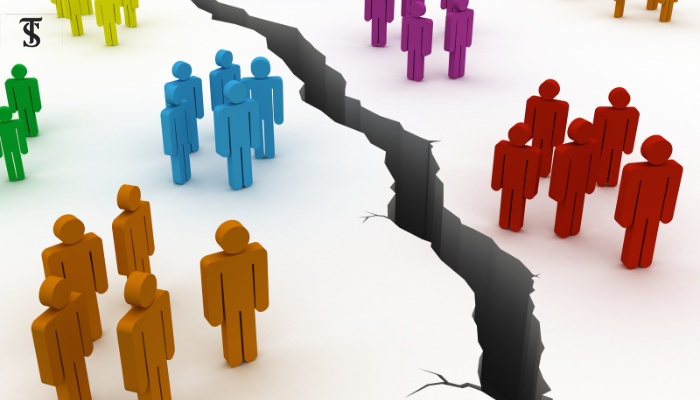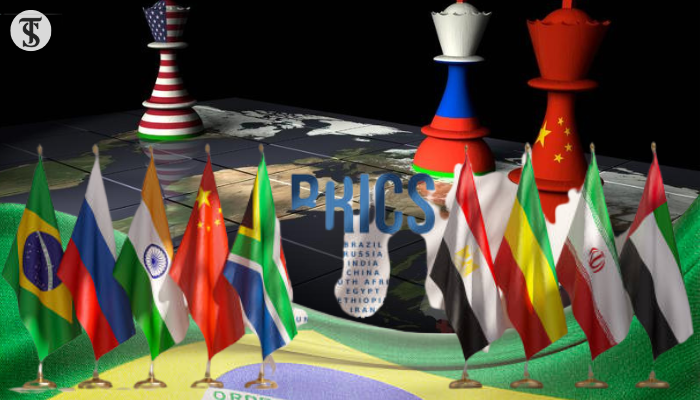Israel’s Strikes on Syria: The Druze Community and the Struggle for Strategic Resources

Israel bombed Damascus and Suwayda again on 16 July 2025. The strikes did more than hurt Syria’s fragile new government. They also showed how Israel links land and water to its security.
Since Israel took the Golan Heights in 1967 and accepted a UN buffer line in 1974, its leaders have tried to push every threat farther from the plateau. Over the last year, that quiet policy became open digging. Satellite photos show Israeli bulldozers cutting new roads, trenches and fences inside the zone that the 1974 deal said must stay free of heavy weapons. UN peacekeepers call these works serious violations.
Israel gains two quick benefits. First, forward posts near Druze villages and Mount Hermon give its army more time to spot rockets or drones before they can aim at the Galilee below. Second, Israeli forces can strike Iranian or Hezbollah trucks using the Suwayda‑Quneitra road, a supply line Iran built during the Syrian war. When Druze fighters and Bedouin tribes clashed in Suwayda on 13 July, Israeli jets hit Syrian tanks nearby and, hours later, a defence ministry building in Damascus. Defence Minister Israel Katz said the raids were “painful blows” meant to protect Druze civilians and warned of more until Syrian troops pulled back.
Some critics see a darker plan. Al Jazeera analyst Marwan Bishara says Israel, backed by the United States, wants to look like the new regional boss and hopes to split Syria by turning its minorities against the capital. Syrian officials agree. They say Israel stirs sectarian trouble so Syria stays weak and no danger to Israel.
Geography makes Suwayda key. The province hugs the east side of the Golan Heights and sits on roads linking Damascus with Daraa and Quneitra. If Israel controls this belt, its new trenches inside the UN zone become the first line of a much wider buffer. Some trenches are six metres deep and, when finished, could run about ninety kilometres along the border.
Water is the other part of the puzzle. Rain and snow on the Golan feed three springs—the Banias, Dan and Hasbani—that join to form the upper Jordan River. Before Israel’s desalination plants and recycling add more, this water gives about one‑third of the country’s natural fresh supply. By keeping troops and sensors near the springs, Israel guards the dams and pipelines that fill its main canal, while Syria still struggles to repair war‑damaged pipes.
South of the lake, water control turns into treaty power. Israel’s 1994 peace deal with Jordan says Israel must send Jordan 50 million cubic metres of water each year from Lake Tiberias and Jordan can draw from the Yarmouk River in winter. Israel has twice raised the quota, most recently to 75 million cubic metres, to help Jordan’s growing shortage. Yet the balance is clear: Israel, as the upstream state, can tighten or loosen the flow when talks turn tense. Jordan fears this grip will matter even more as climate models predict its rainfall could drop 30 percent by 2040.
Together, the land buffer and water control form what Israeli officers call “depth through denial”. Push enemies back, cut their supplies, and hold the high‑ground water so neighbours think twice before attacking. From Israel’s view, the Suwayda raids fit the plan: protect Druze allies, stop Hezbollah trucks, and thicken the shield of land and water that has kept the northern front quiet since 1974.
But the price is rising. Damascus vows revenge and wants the UN to push Israel back to the agreed line. Druze leaders, although relieved, dislike being used as pawns. Jordanian water officials fear any new fight could slow summer deliveries just when demand peaks. Across the Arab world, Israel’s steady strikes feed anger, linked to the war in Gaza where more than 90 Palestinians died in one day this week.
Land walls and water pipes cannot replace real talks about borders, refugees and rights. Until such diplomacy appears, Israel will likely keep digging trenches, flying sorties and adjusting river valves. Security may flow downstream with every litre of the Jordan, but so will resentment.
The author is the founder of The Spine Times. His areas of interest include terrorism, erstwhile FATA, China, and global politics.






